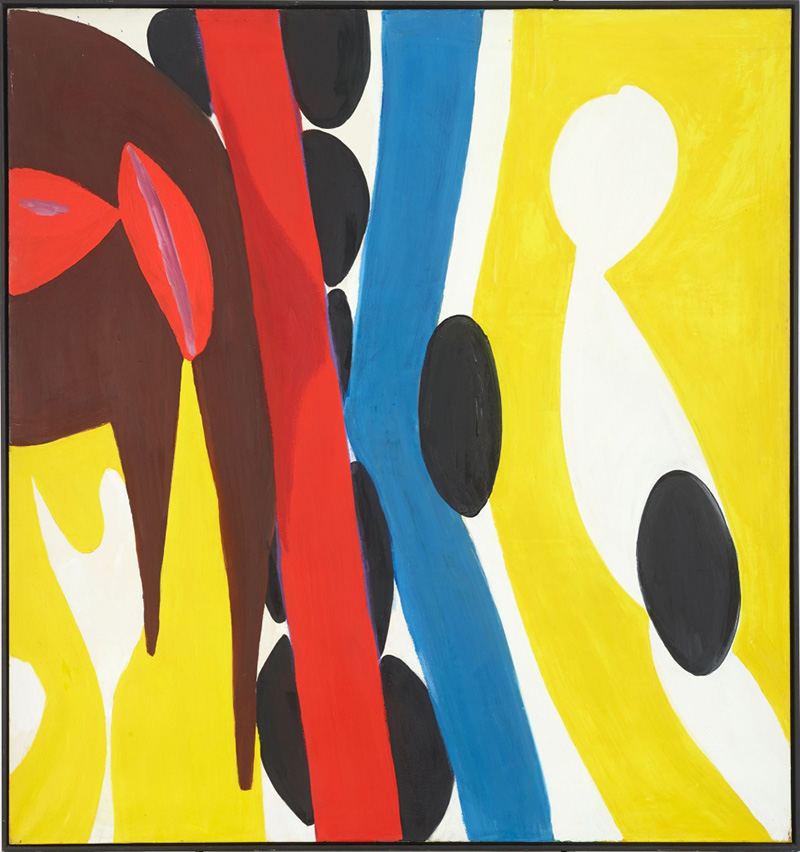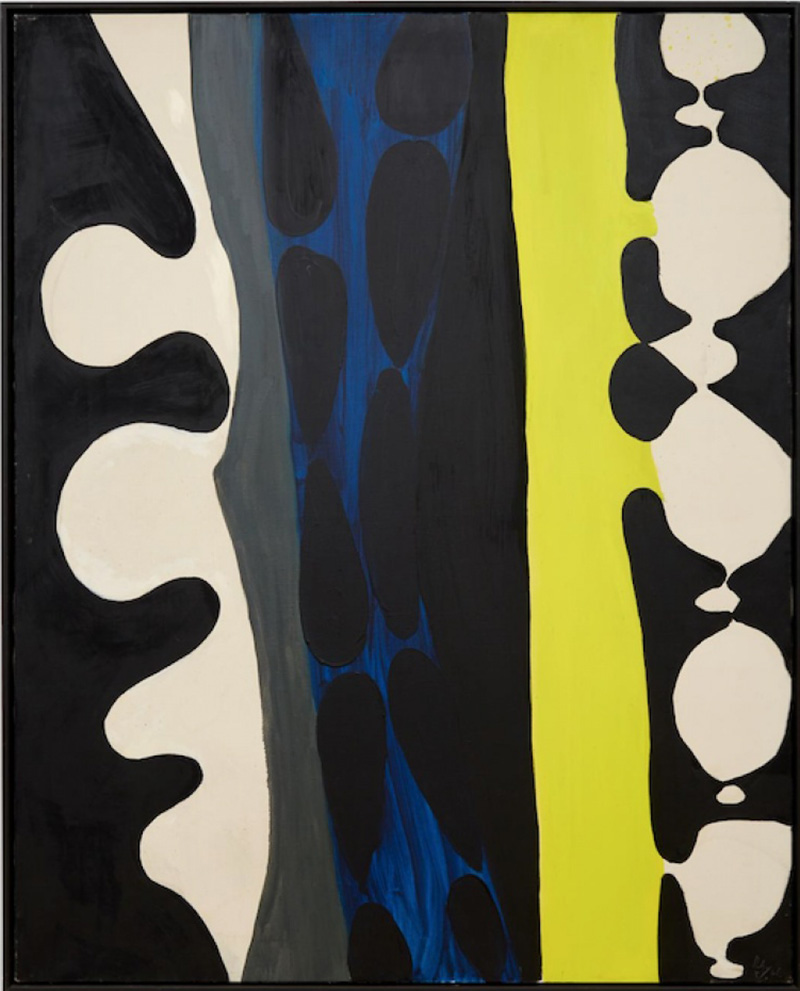ART-PRESENTATION: Ernst Wilhelm Nay
 Ernst Wilhelm Nay was a German abstract artist, whose paintings, gouaches, and drawings are focused primarily on subtle and individual use of color and energy. Influenced by L’Art Informel, the artist deftly adapted his early Expressionist style to the climate of post-war abstraction. Almine Rech Gallery presents the first London solo exhibition by Ernst Wilhelm Nay, marking the representation of the artist by the gallery.
Ernst Wilhelm Nay was a German abstract artist, whose paintings, gouaches, and drawings are focused primarily on subtle and individual use of color and energy. Influenced by L’Art Informel, the artist deftly adapted his early Expressionist style to the climate of post-war abstraction. Almine Rech Gallery presents the first London solo exhibition by Ernst Wilhelm Nay, marking the representation of the artist by the gallery.
By Efi Michalarou
Photo: Almine Rech Gallery Archive
Ernst Wilhelm Nay is one of the most well known postwar German artists of the 20th Century. Lesser known however, and up to now largely underestimated, are Nay’s late works from the 1960s, which were primarily executed in the years after Nay’s participation at documenta III in 1964 up to his untimely death in 1968. The London exhibition focuses on that period, enhanced by a group of historical paintings drawn from private collections. The exhibition reveals an artist who, with his bright colors and dynamic, two-dimensional forms that extend beyond the pictorial space , seems surprisingly far more rooted in the present than in the past. The son of a government counselor of the German Kaiserreich, Ernst Wilhelm Nay received a humanistic education. In 1921, after obtaining his high school diploma), he began to paint. In 1925 he enrolled in the painting class of Karl Hofer, a teacher at the Berliner Akademie. Nay studied intensively Picasso, Kirchner, Matisse and Poussin. When he left the Akademie in 1928, he had already exhibited at the Galerie Nierendorf in Berlin and had the support of critics like Paul Westheim. He painted still lifes, portraits and landscapes. In 1929 he joined the Association of Berlin Artists, thus making new contacts and increasing his chances of holding exhibitions. The following year, the Nationalgalerie bought one of his beach scenes. In 1931 Nay was granted a nine-month scholarship for Villa Massimo in Rome, where he developed his own style, initially marked by abstract surrealist compositions and paintings of ornamental mythical animals. His trips to the Baltic Sea and his sojourns in Norway, where he met Munch, and his visits to the Lofoten island, defined the subjects of his artistic world. In 1937 he was affected by the exhibition ban imposed by the national-socialists. Two of his landscapes were shown in the exhibition “Entartete Kunst”, upon which he was forbidden to exhibit in Germany. He was enlisted in 1940, and spent most of his time as a cartographer in France, where the amateur sculptor Pierre Térouanne put his studio at Nay’s disposal, so that he could carry on working. After 1945, Nay worked on various sets of works, ranging from the mythic-abstract Paintings of Hecate, to the abstract Scheibenbilder, to the ornamental reductionism of his later work. Nay took advantage of the international vogue for abstract painting as the world’s aesthetic language. In 1950 his first retrospective exhibition was held in Hanover. The acknowledgement of this artist in and outside Germany is confirmed by his participation in three editions of the Documenta of Kassel. In 1948 Nay took part in the Venice Biennale and in 1956 he represented there the German Federal Republic. Nay died four years later at the age of 65.
Info: Almine Rech Gallery, Grosvenor Hill, Broadbent House, London, Duration: 3/10/17-13/1/18, Days & Hours: Tue-Sat 10:00-18:00, www.alminerech.com

